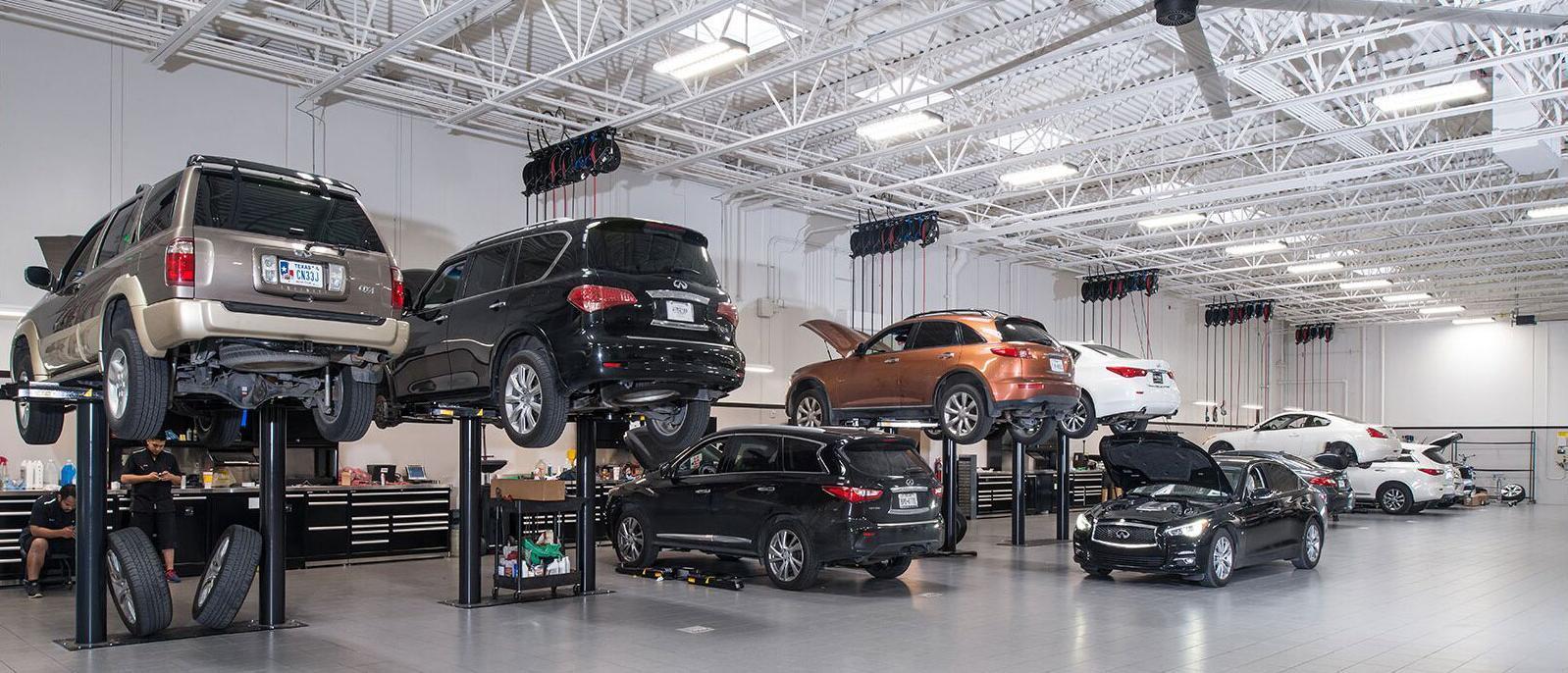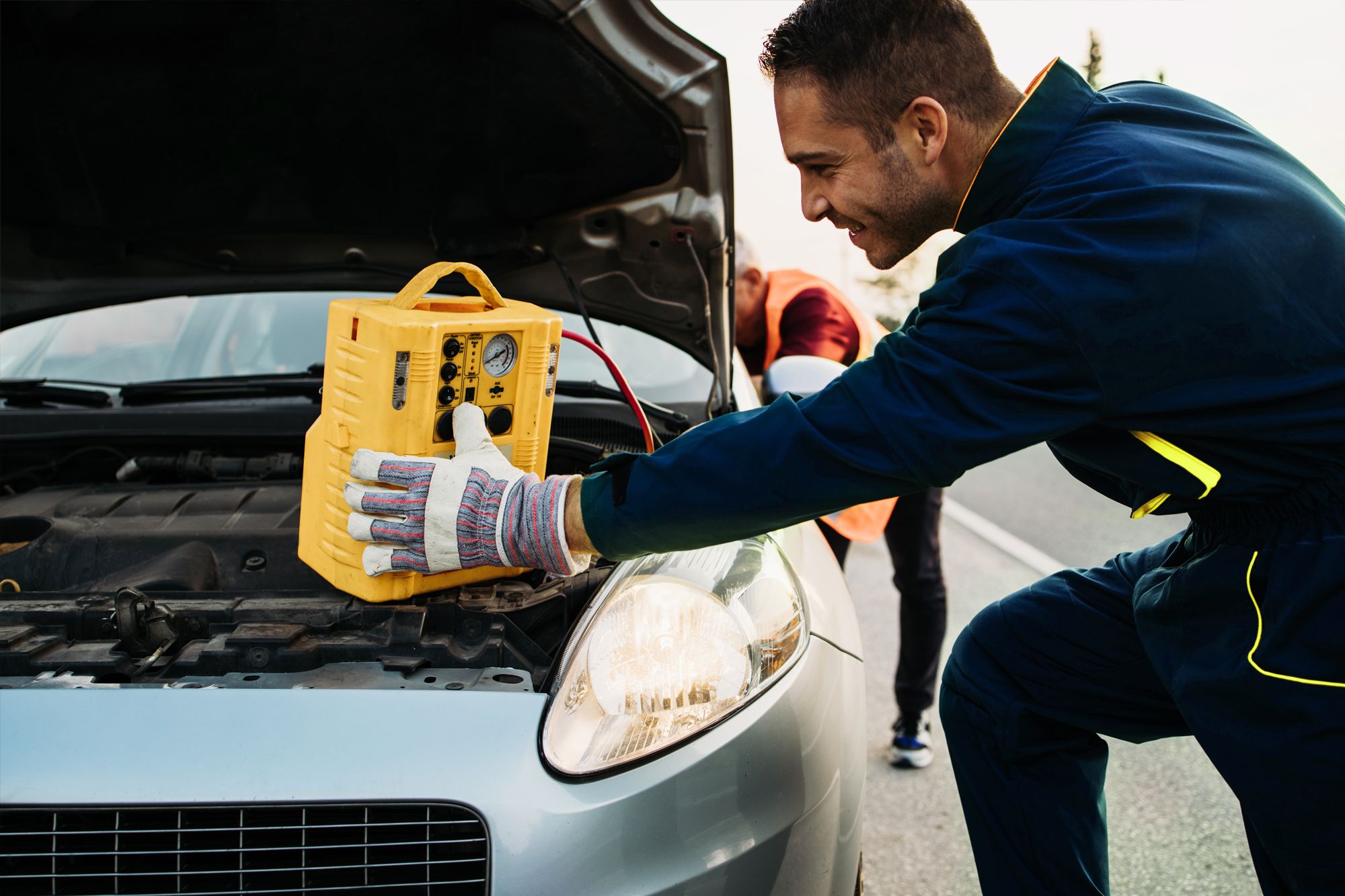All Categories
Featured

When it comes to lorry fixings or upgrades, one of one of the most important choices you'll encounter is whether to select Original Devices Manufacturer (OEM) components or aftermarket components. Both choices supply distinctive advantages and disadvantages, so comprehending the distinctions between them is essential for making a notified choice. In this write-up, we'll explore the advantages and limitations of OEM and aftermarket components to assist you choose which is ideal suited for your auto.
What Are OEM Components? OEM parts are produced by the exact same manufacturer that made the original components in your vehicle. These components are made to satisfy the exact specifications of your cars and truck, ensuring they are a precise fit and use the exact same performance as the components that featured the vehicle when it was very first constructed. OEM parts are usually taken into consideration the "manufacturing facility standard" because they come straight from the automobile's manufacturer or a certified distributor.

Among the primary advantages of making use of OEM parts is their ensured high quality. Given that these components are made to the exact same requirements as the originals, they usually provide a best fit and reputable efficiency. Furthermore, lots of OEM components include a guarantee, giving you comfort that you'll be shielded in instance of issues.
What Are Aftermarket Components? Aftermarket components are made by third-party manufacturers that are not connected with your automobile's original manufacturer. These parts are created to fit a wide array of vehicles and are usually more economical than OEM parts. Aftermarket parts can be made use of for regular repair work or upgrades, and they usually supply a more comprehensive variety of alternatives compared to OEM parts.

The main charm of aftermarket parts is their affordability. Because they are produced by independent producers, they are normally priced less than OEM parts. In addition, aftermarket components might provide better performance or extra functions not readily available in OEM options. For example, aftermarket exhaust systems, brake pads, and suspension elements commonly provide improvements in performance or appearances that could not be discovered in OEM parts.
Advantages of OEM Components. Precision and Compatibility: OEM parts are designed especially for your car's make and design, ensuring they fit flawlessly and perform to the exact specifications required. Guarantee Insurance Coverage: Lots of OEM components feature service warranties, using coverage in case of issues or early failure. Quality Assurance: Given that OEM parts are made by the initial producer, they go through the same extensive quality control standards as the parts set up in your lorry when it was very first constructed. Resale Worth: If you intend to offer your auto, having OEM parts can aid preserve its resale value, as possible buyers might be a lot more thinking about a lorry that has been repaired with initial elements. Benefits of Aftermarket Parts. Price Savings: Aftermarket components are usually much less costly than OEM parts, which can be a significant advantage if you get on a spending plan or intend to save cash on repair work. Variety and Modification: Aftermarket components provide a bigger range of choices, consisting of efficiency upgrades and visual improvements. If you desire to boost horsepower or enhance your automobile's appearance, aftermarket choices can use one-of-a-kind remedies. Schedule: Aftermarket components are typically simpler to locate than OEM parts, specifically for older lorries that may no longer have readily available OEM components. Performance Improvements: Some aftermarket components are designed with efficiency in mind, such as high-performance brakes, air filters, or exhaust systems. These components can improve your vehicle's overall performance and driving experience. Disadvantages of OEM Parts. Higher Rate: One of the most considerable drawback to OEM parts is their cost. They are normally more pricey than aftermarket alternatives, which can include up promptly if your car requires multiple repair work. Restricted Customization: OEM parts are designed to recover your car to its original specifications, implying they may not provide the very same array of personalization choices as aftermarket parts. Schedule Issues: Depending on the age of your vehicle, certain OEM parts might be tougher to find or discontinued, making fixings much more difficult. Downsides of Aftermarket Parts. Inconsistent Quality: While lots of aftermarket components are of premium quality, others might be badly made or do not have the longevity of OEM parts. It is essential to look into the producer and read testimonials to ensure the quality of the component you're considering. Fitment Issues: Aftermarket parts are developed to fit a large array of lorries, yet they might not always supply the ideal fit that OEM parts ensure. This can bring about installment problems or suboptimal efficiency. No Guaranteed Warranty: While some aftermarket components come with guarantees, they may not be durable or as thorough as those used by OEM components. In many cases, utilizing aftermarket parts can also impact your car's warranty coverage if it's still active. How to Determine Between OEM and Aftermarket Parts. The choice between OEM and aftermarket components ultimately relies on your particular needs, choices, and spending plan. Here are a couple of factors to consider to assist guide your choice:
Budget: If saving money is a concern, aftermarket parts are generally the a lot more economical choice. Nevertheless, be mindful that less costly parts may not last as long as OEM parts, which could result in higher prices in the future. Automobile Age and Condition: For newer lorries, particularly those under guarantee, it's usually a great concept to select OEM parts to preserve the automobile's integrity and maintain its resale worth. For older automobiles, aftermarket components might be much more functional, especially if the vehicle is no more under warranty or if you're attempting to expand its lifespan with economical remedies. Repair Work Type: Specific vital repair work, specifically those pertaining to security (brakes, airbags, etc), are best taken care of with OEM components to guarantee the highest degree of security and efficiency. For non-essential fixings or modifications, aftermarket components can use an exceptional equilibrium of top quality and price. Performance and Personalization: If you're trying to find performance upgrades or distinct personalization options, aftermarket components might be the most effective selection. Lots of aftermarket producers design parts especially for improving your car's abilities, whether it's for much better performance or aesthetic appeals. Verdict. Both OEM and aftermarket parts have their pros and cons, and the best selection depends on your particular demands and concerns. OEM components are optimal for preserving the initial high quality and performance of your car, while aftermarket parts supply price savings, modification choices, and a more comprehensive array of options.
Latest Posts
Specialist Residential Roof Covering Solutions You Can Trust Fund
Published May 23, 25
1 min read
Expert Residential Roof Covering Solutions You Can Count On
Published May 23, 25
1 min read
Explore Reduce Expenses on Car Maintenance with Montclare Auto Repair’s Special Deals
Published May 23, 25
1 min read
More
Latest Posts
Specialist Residential Roof Covering Solutions You Can Trust Fund
Published May 23, 25
1 min read
Expert Residential Roof Covering Solutions You Can Count On
Published May 23, 25
1 min read
Explore Reduce Expenses on Car Maintenance with Montclare Auto Repair’s Special Deals
Published May 23, 25
1 min read